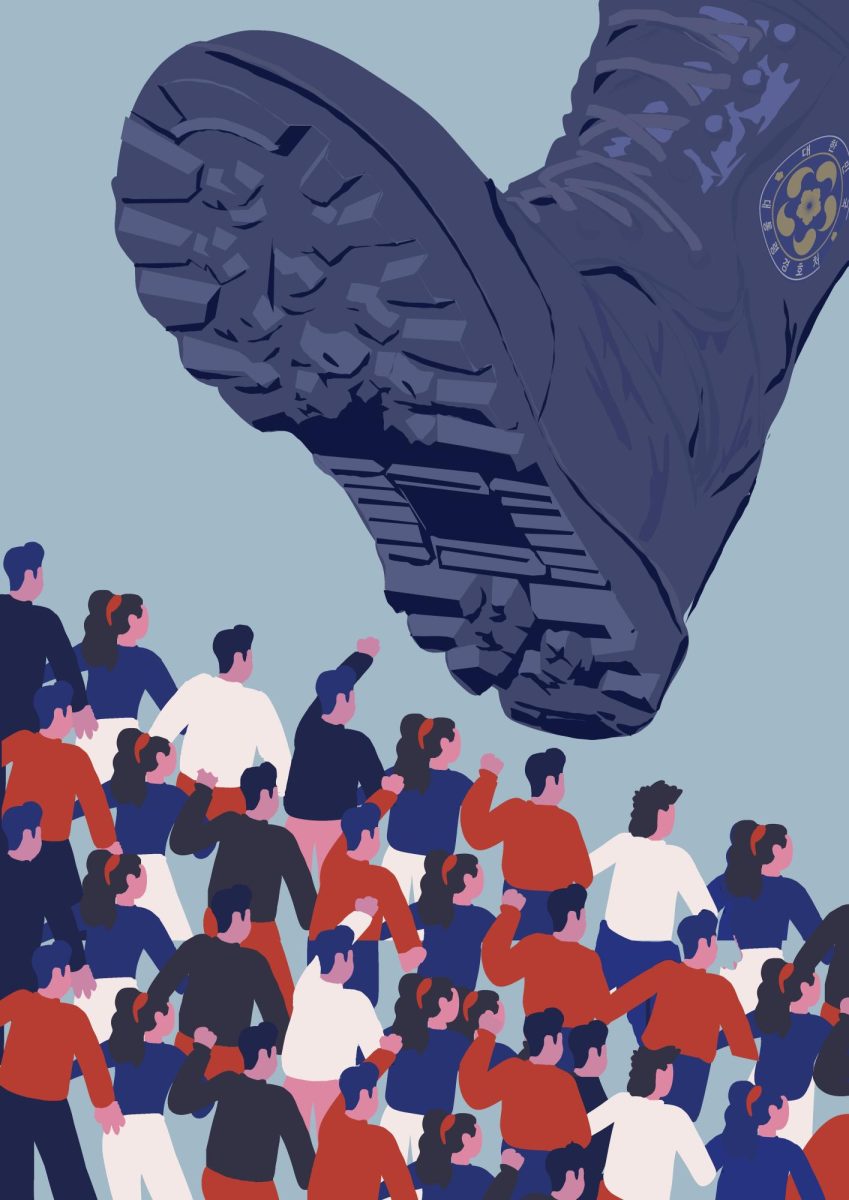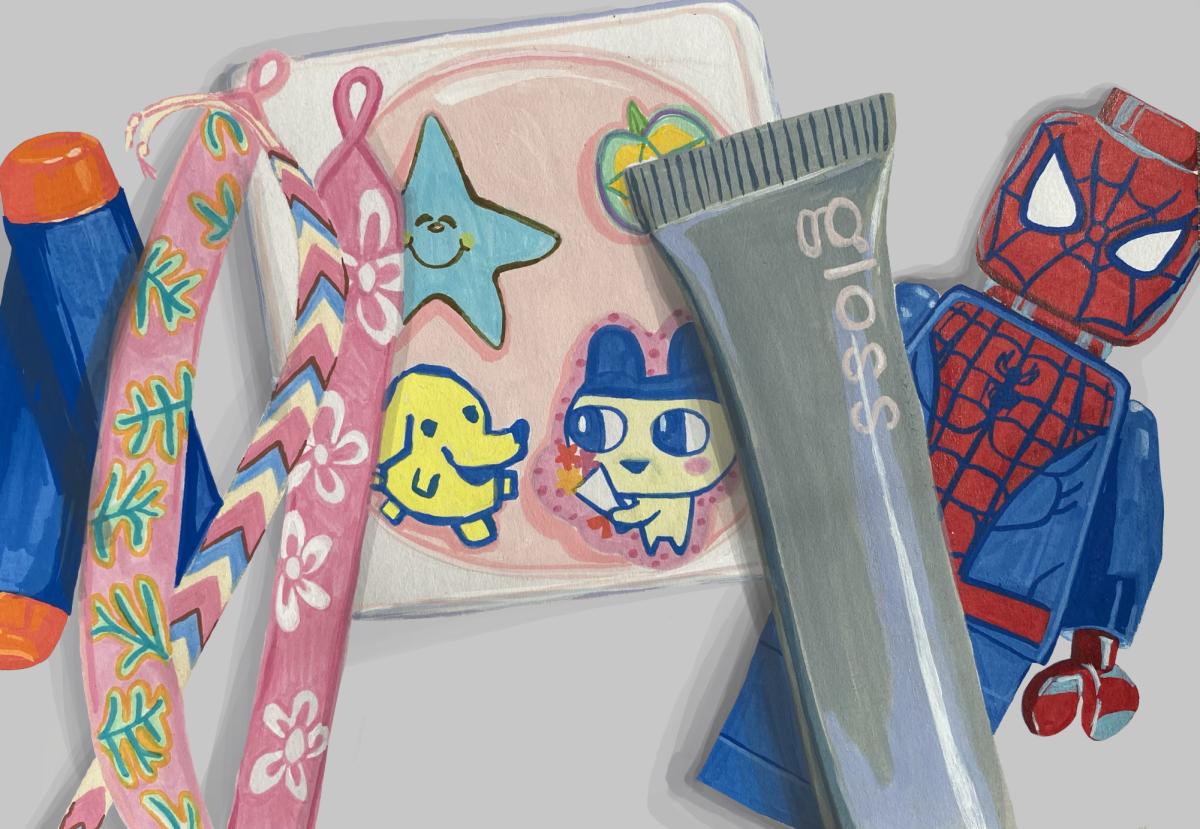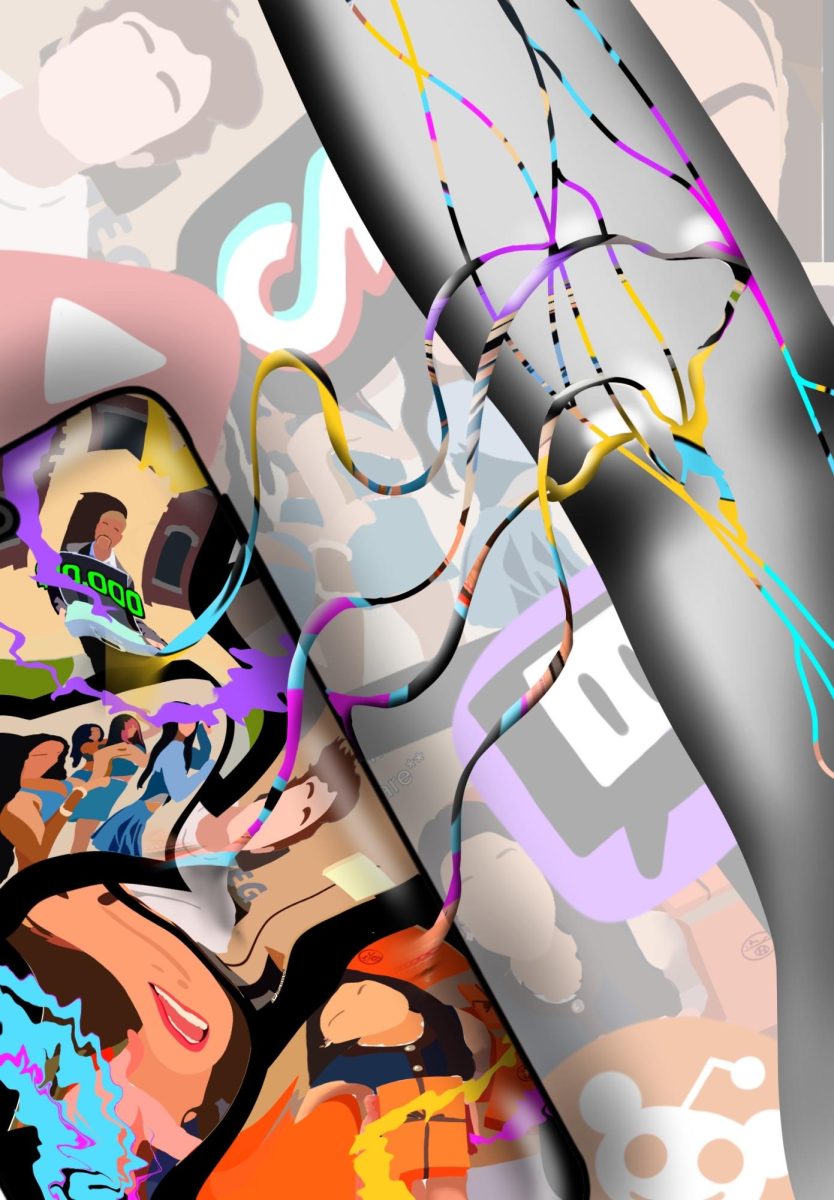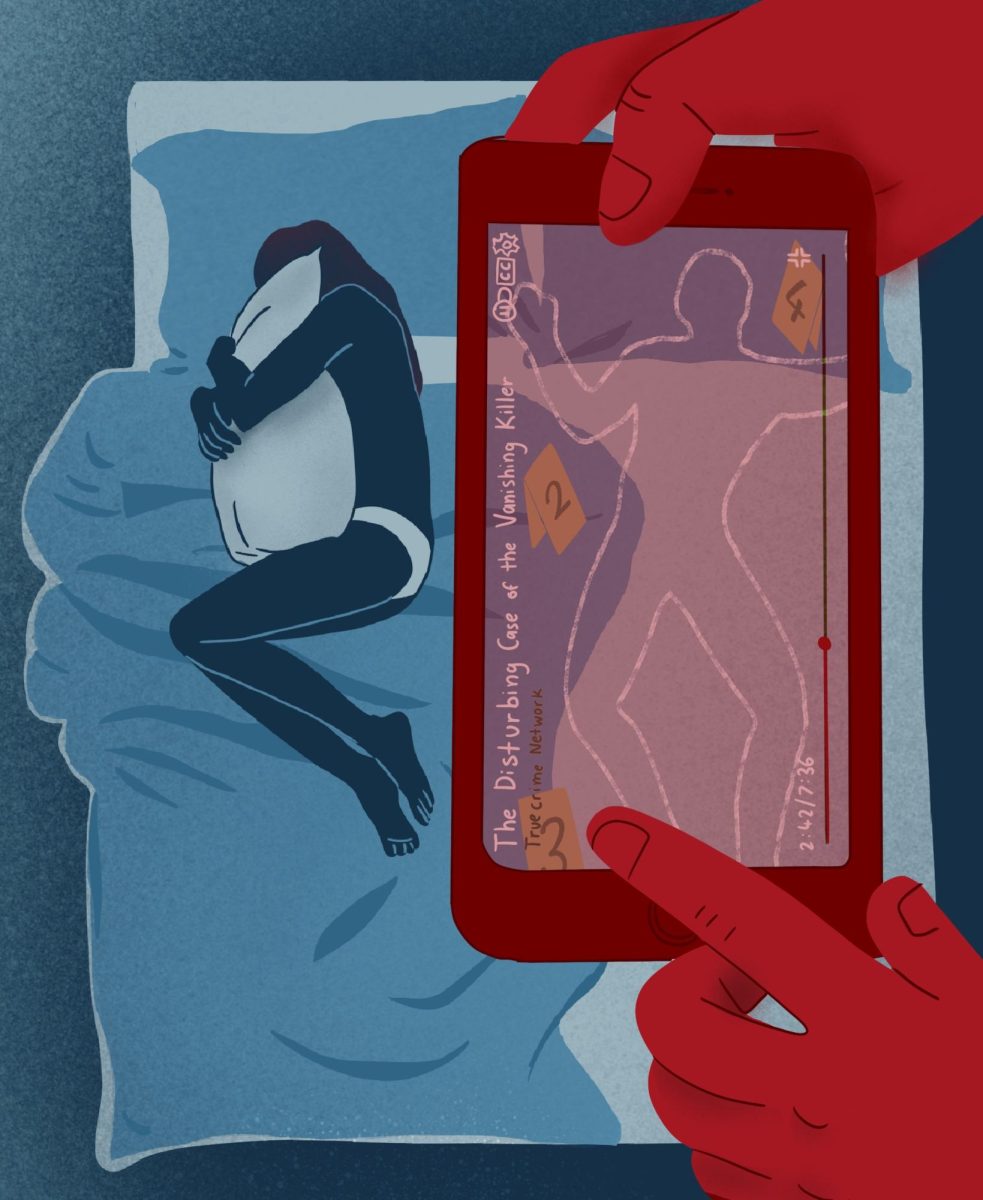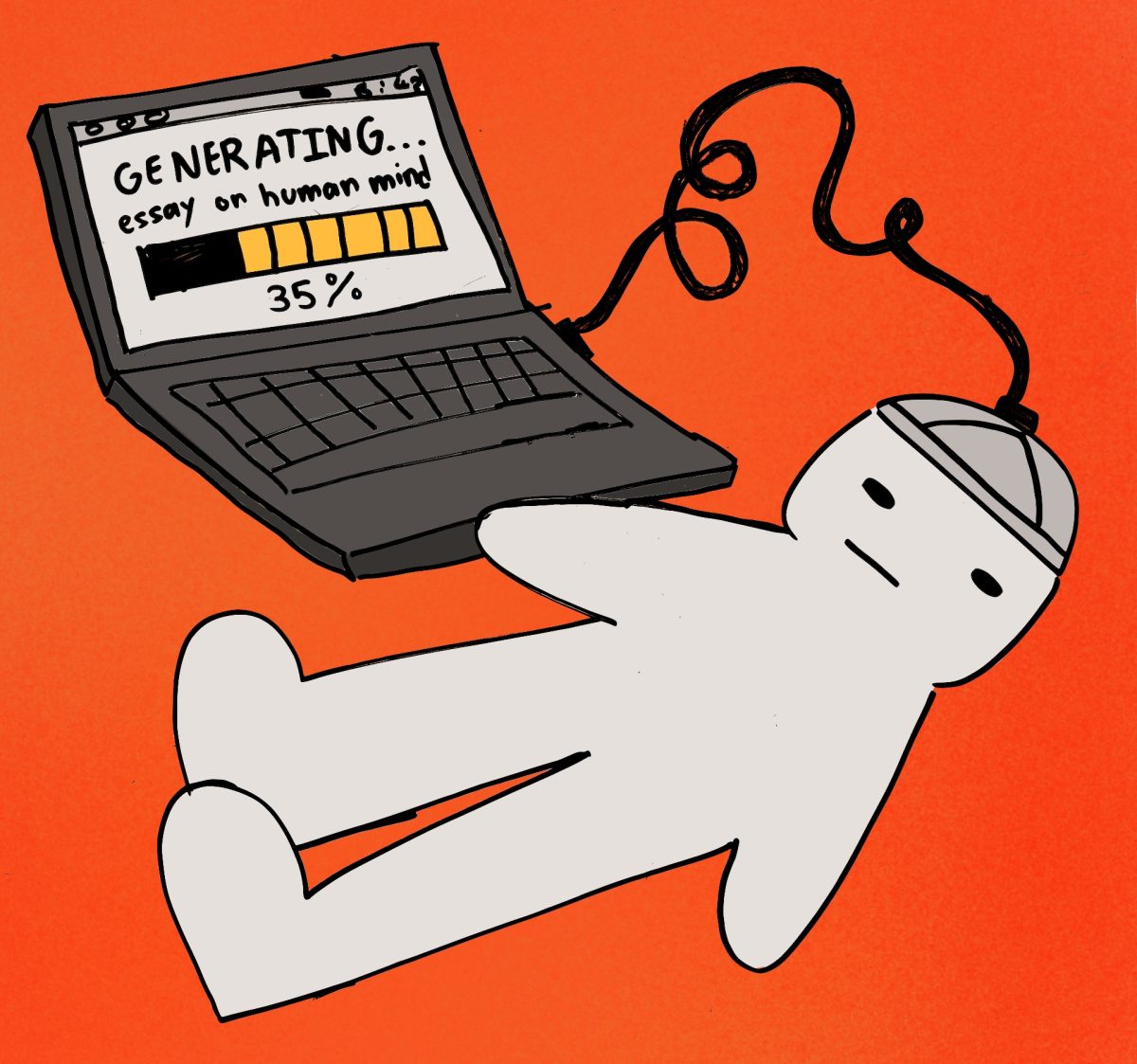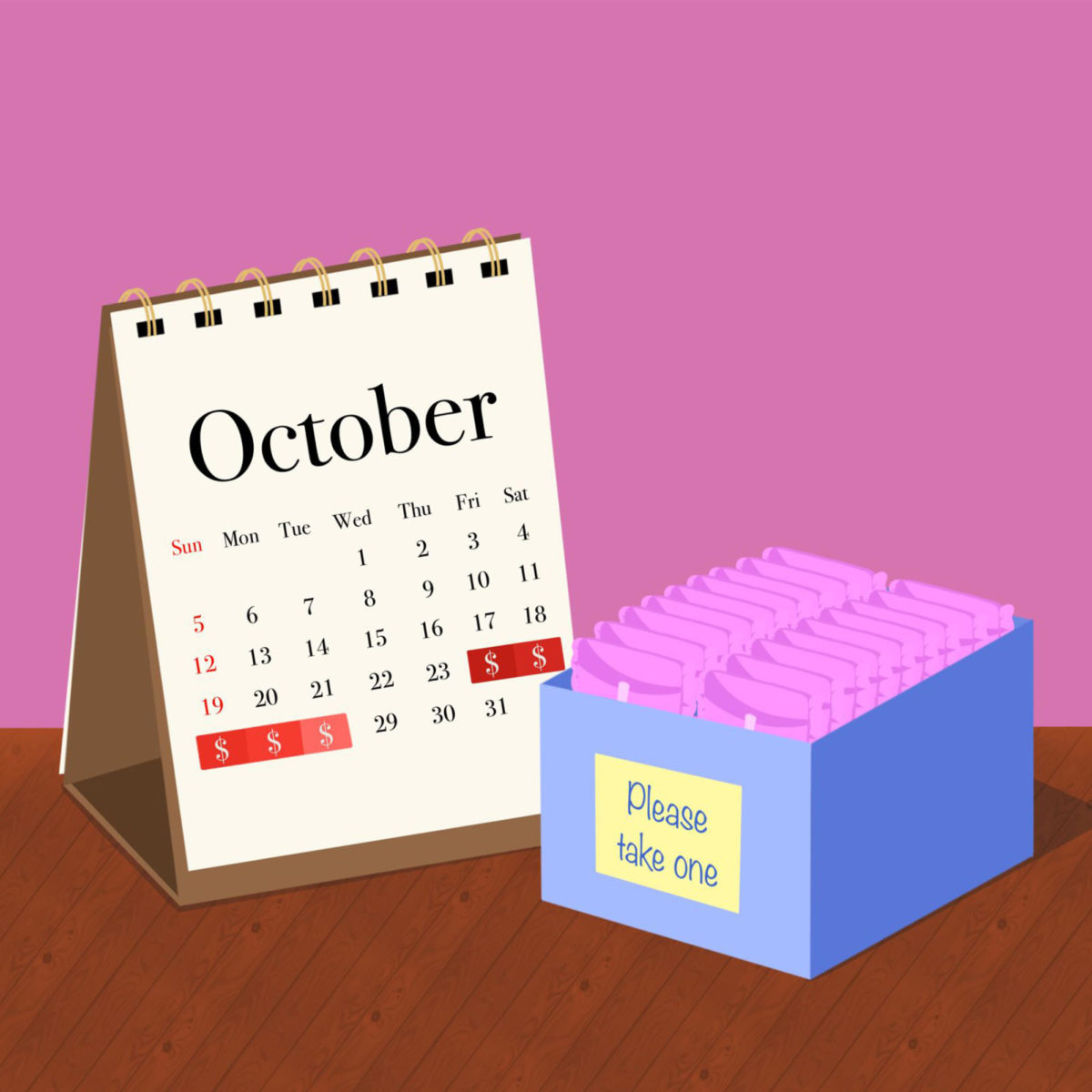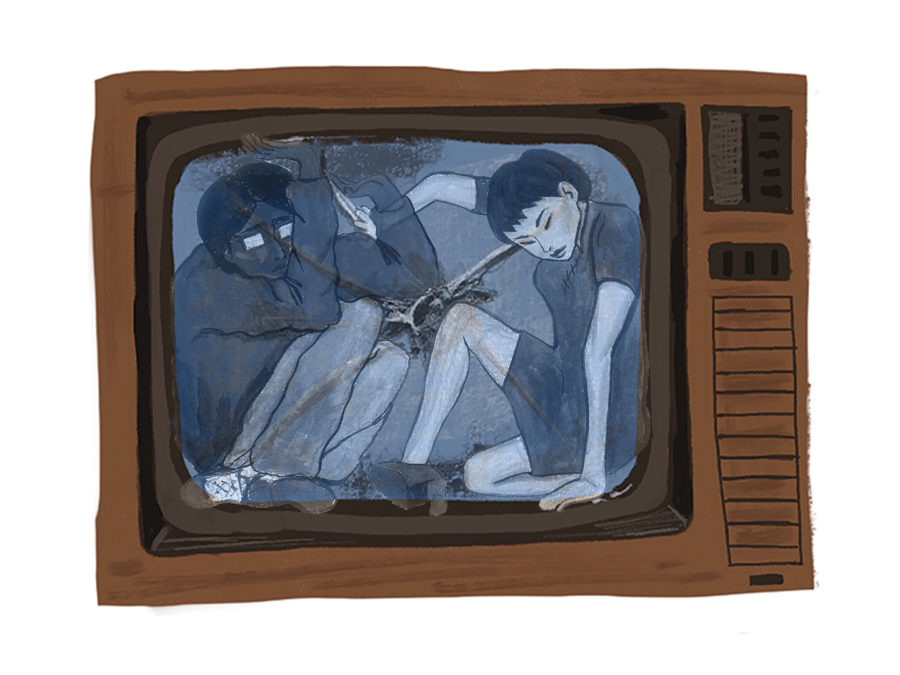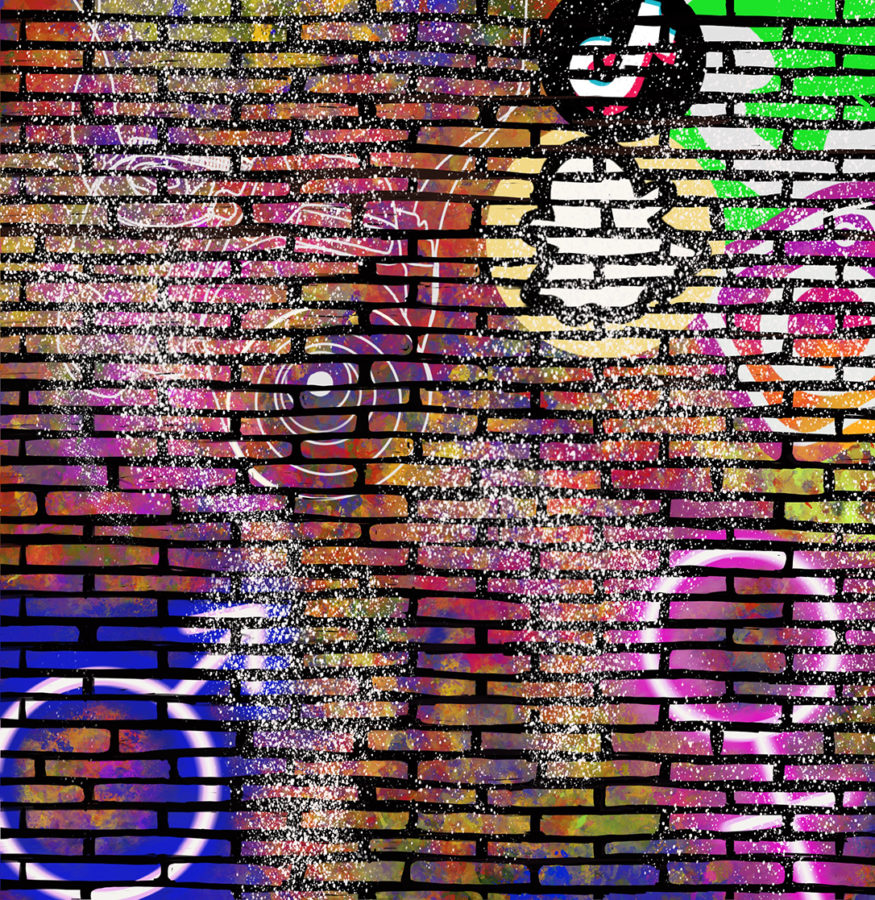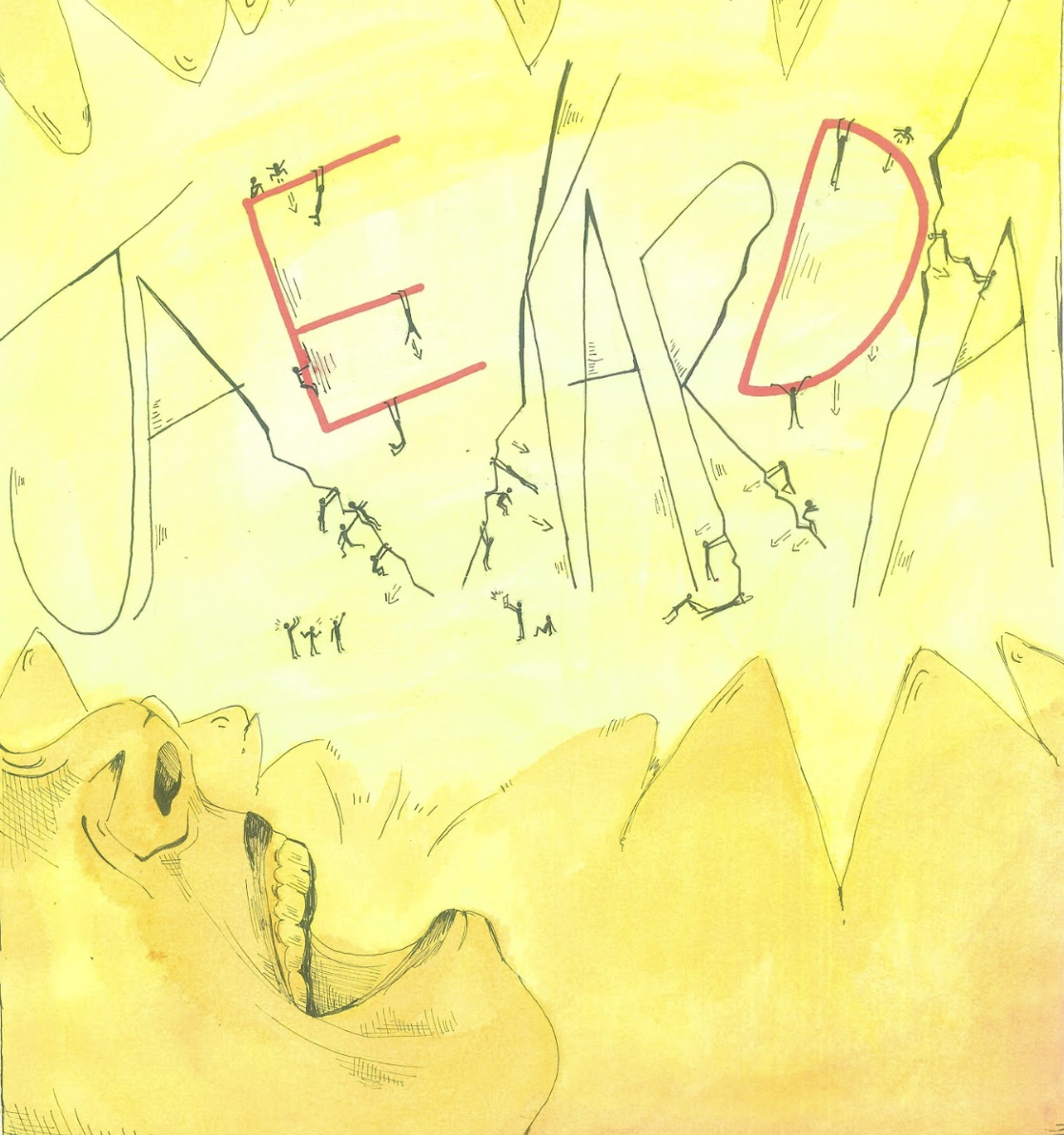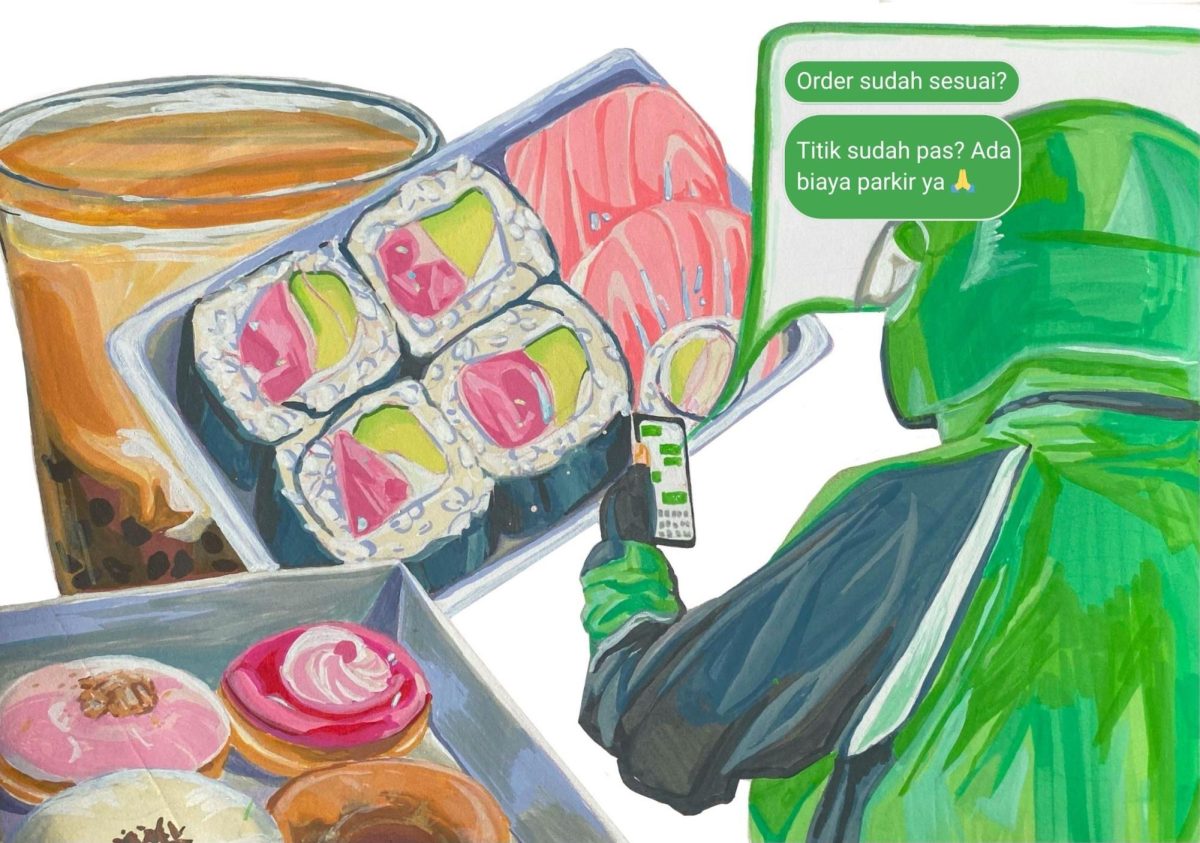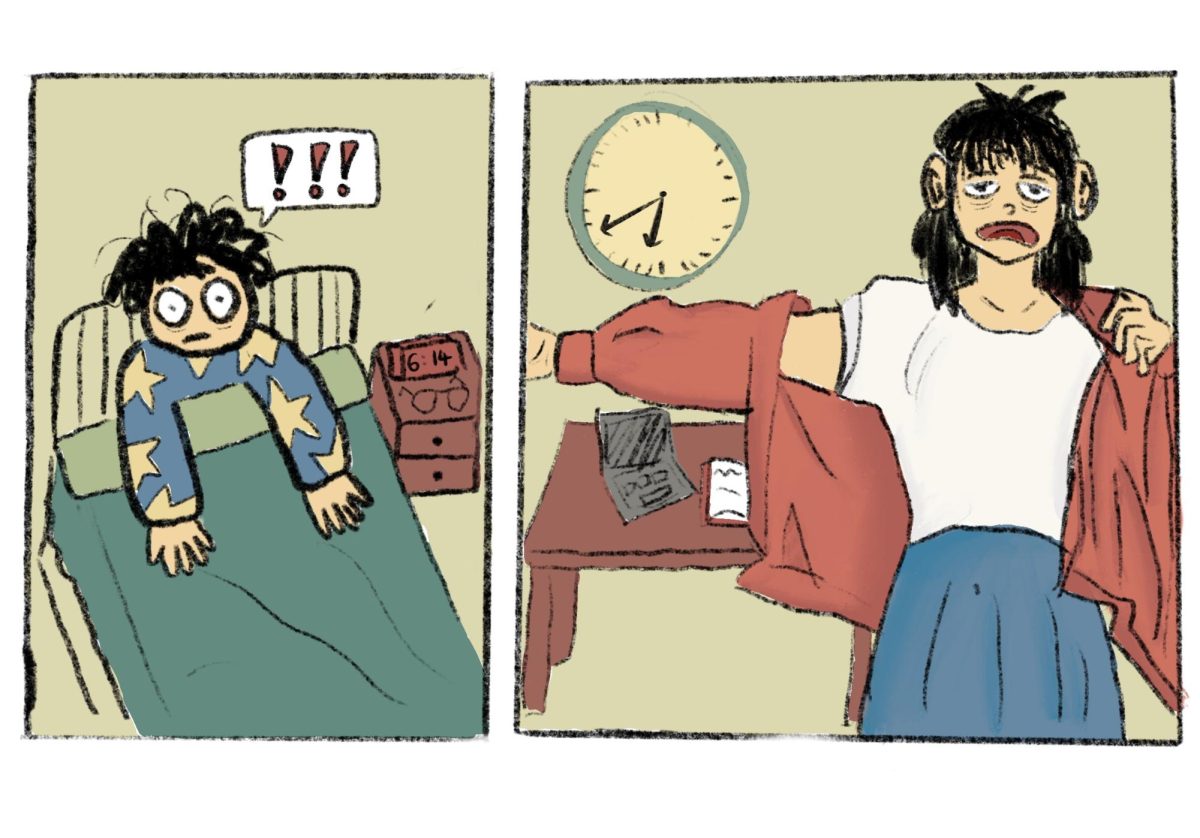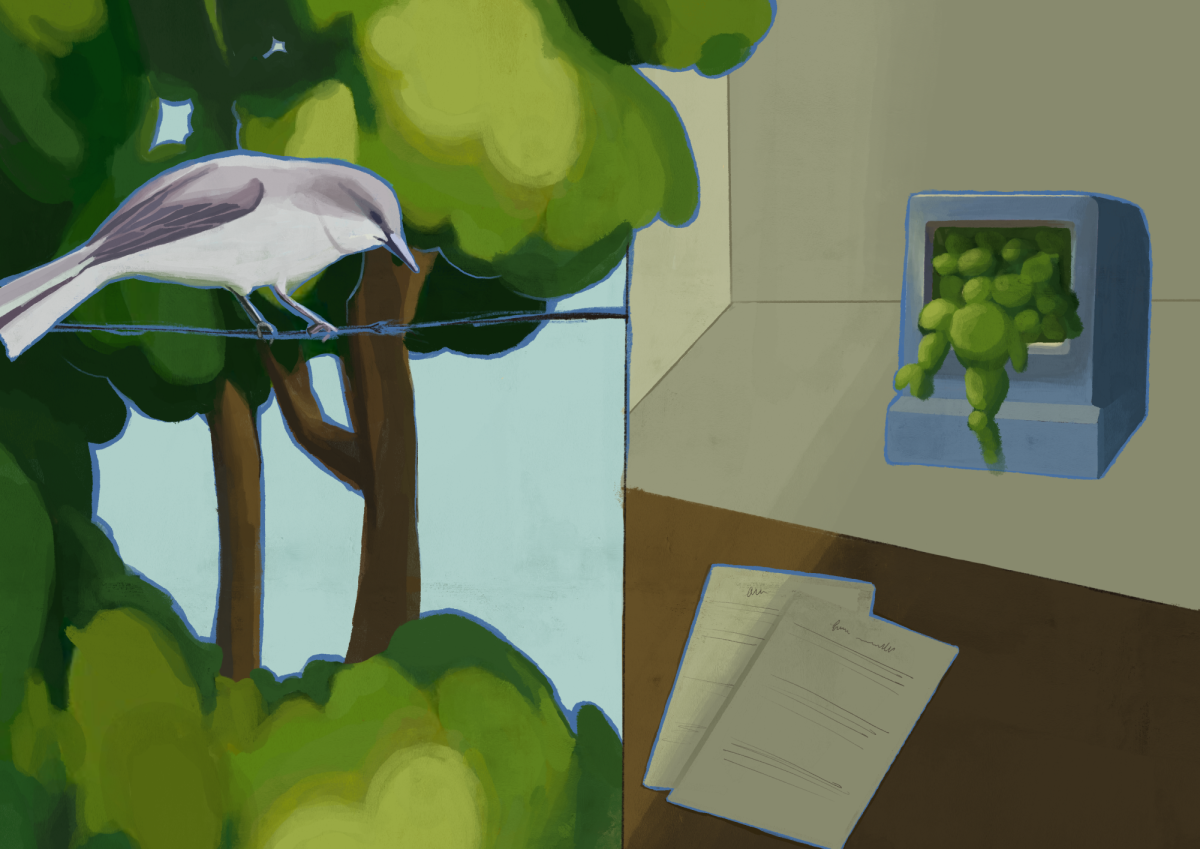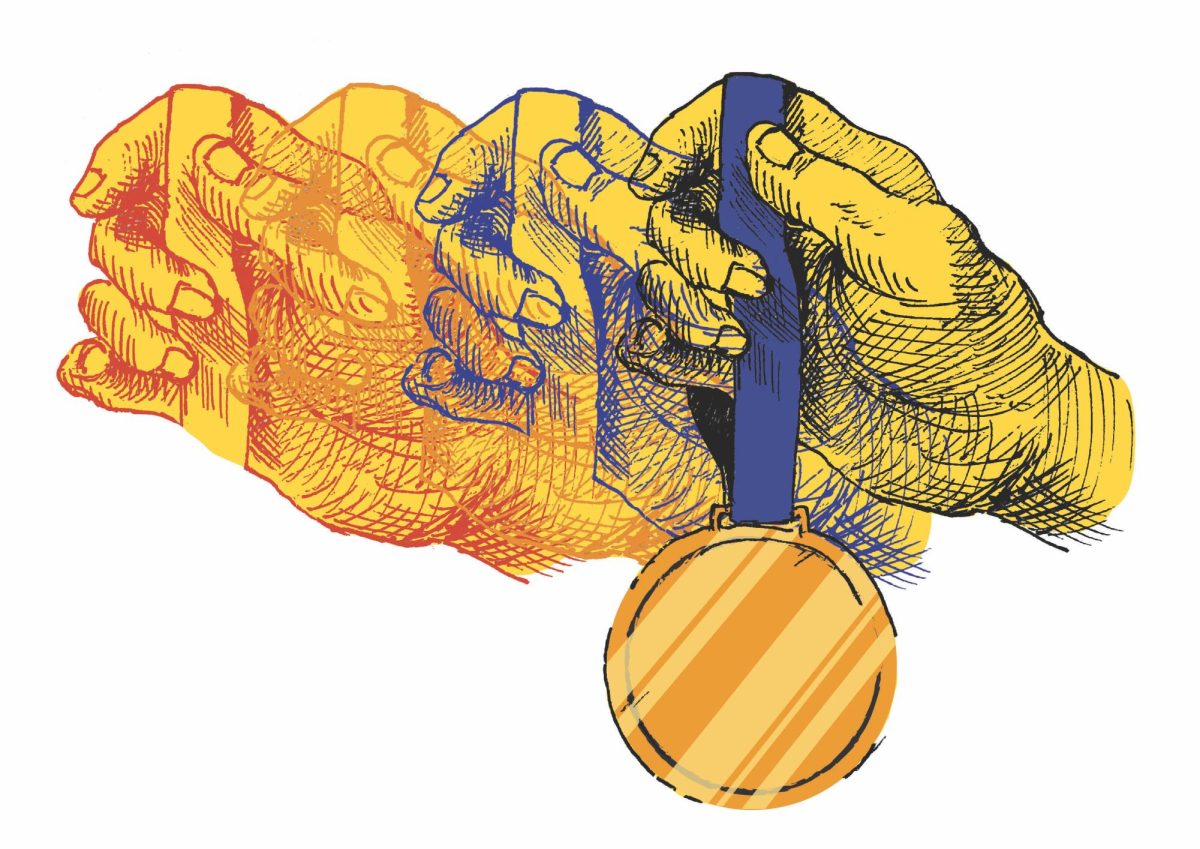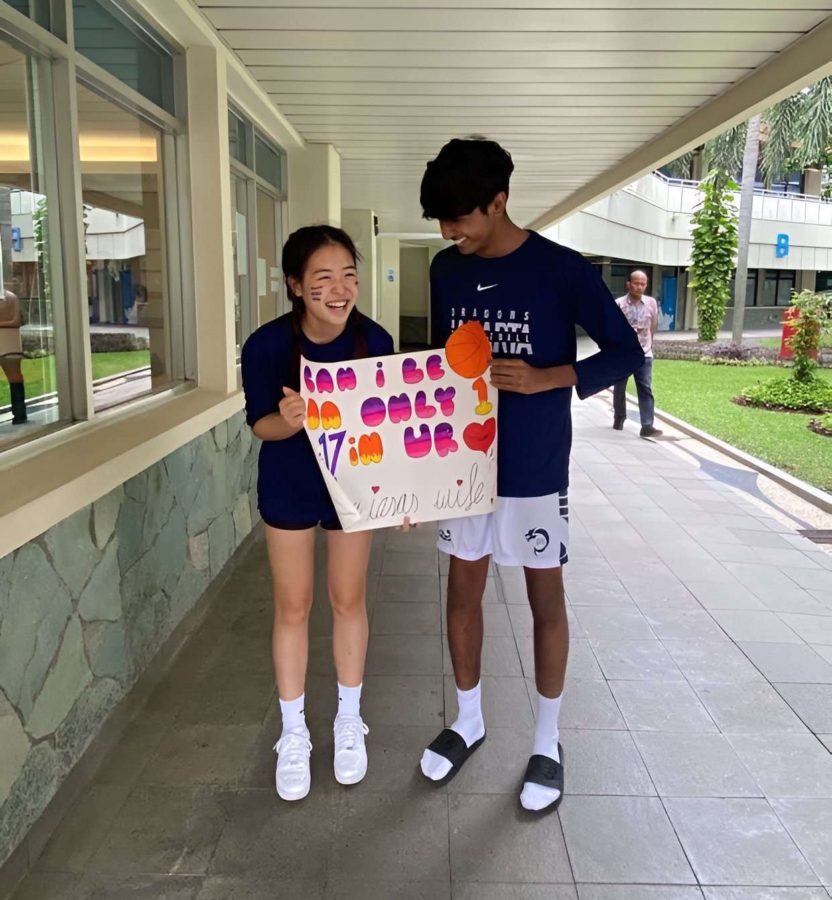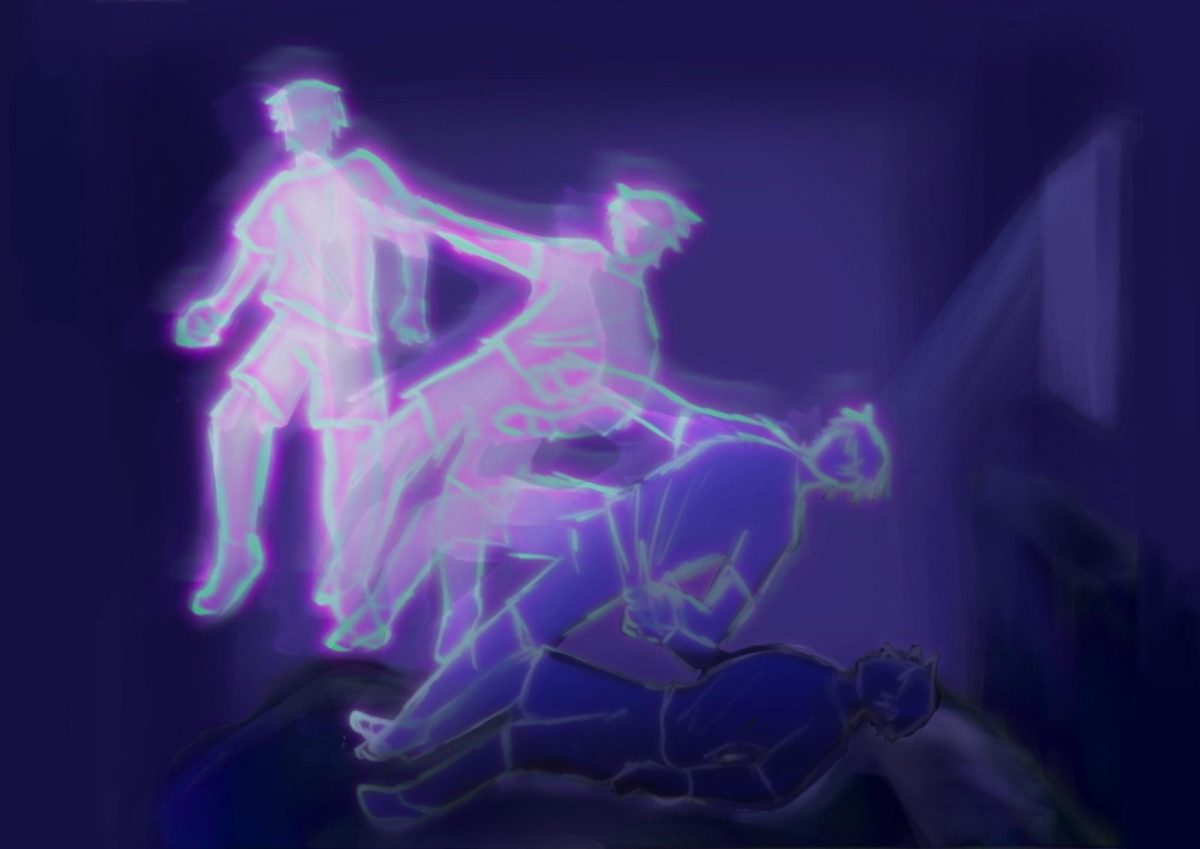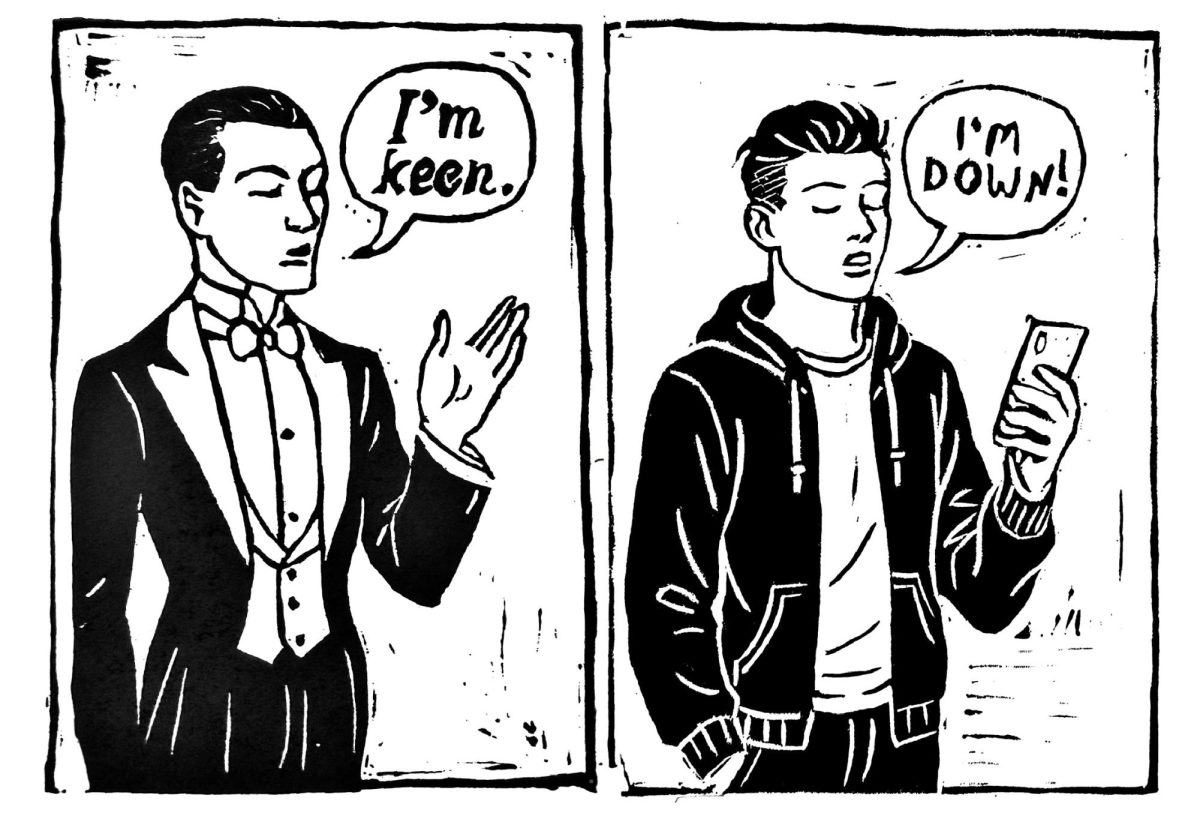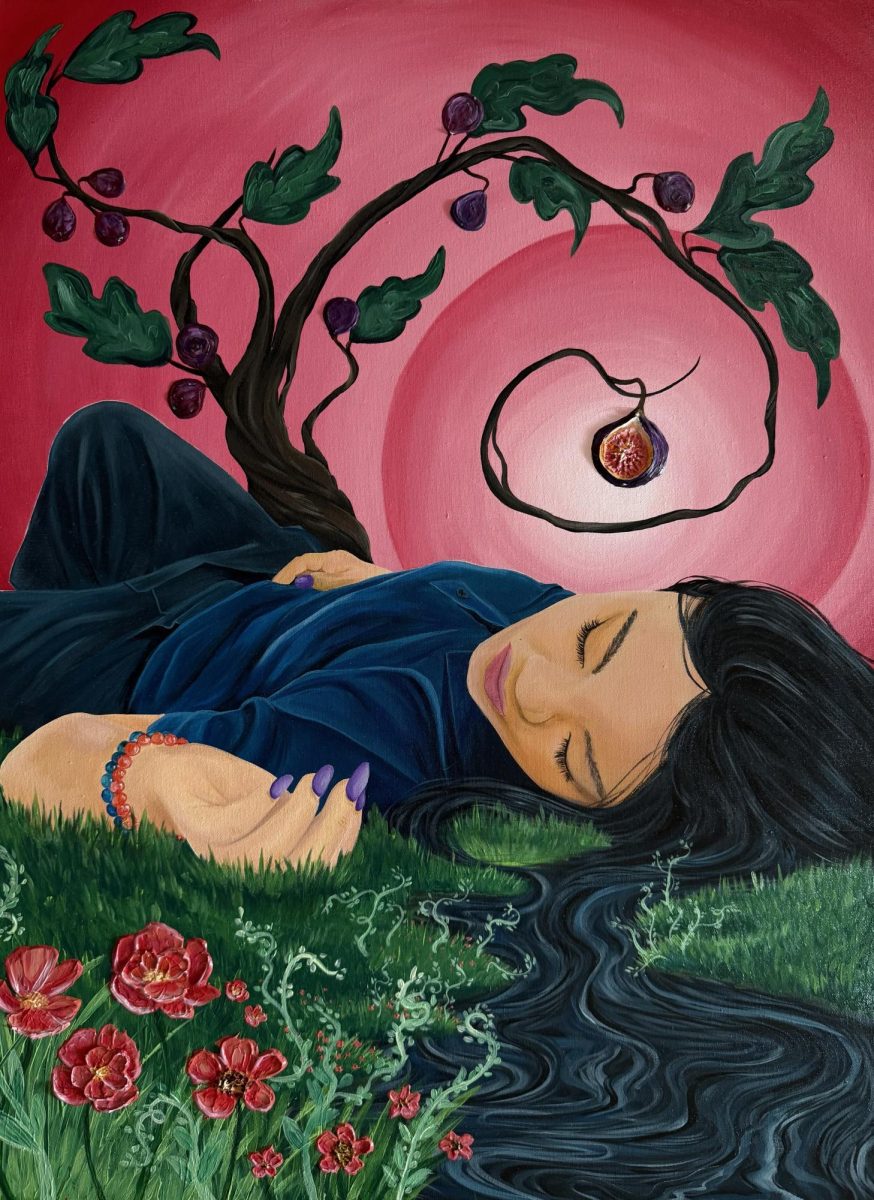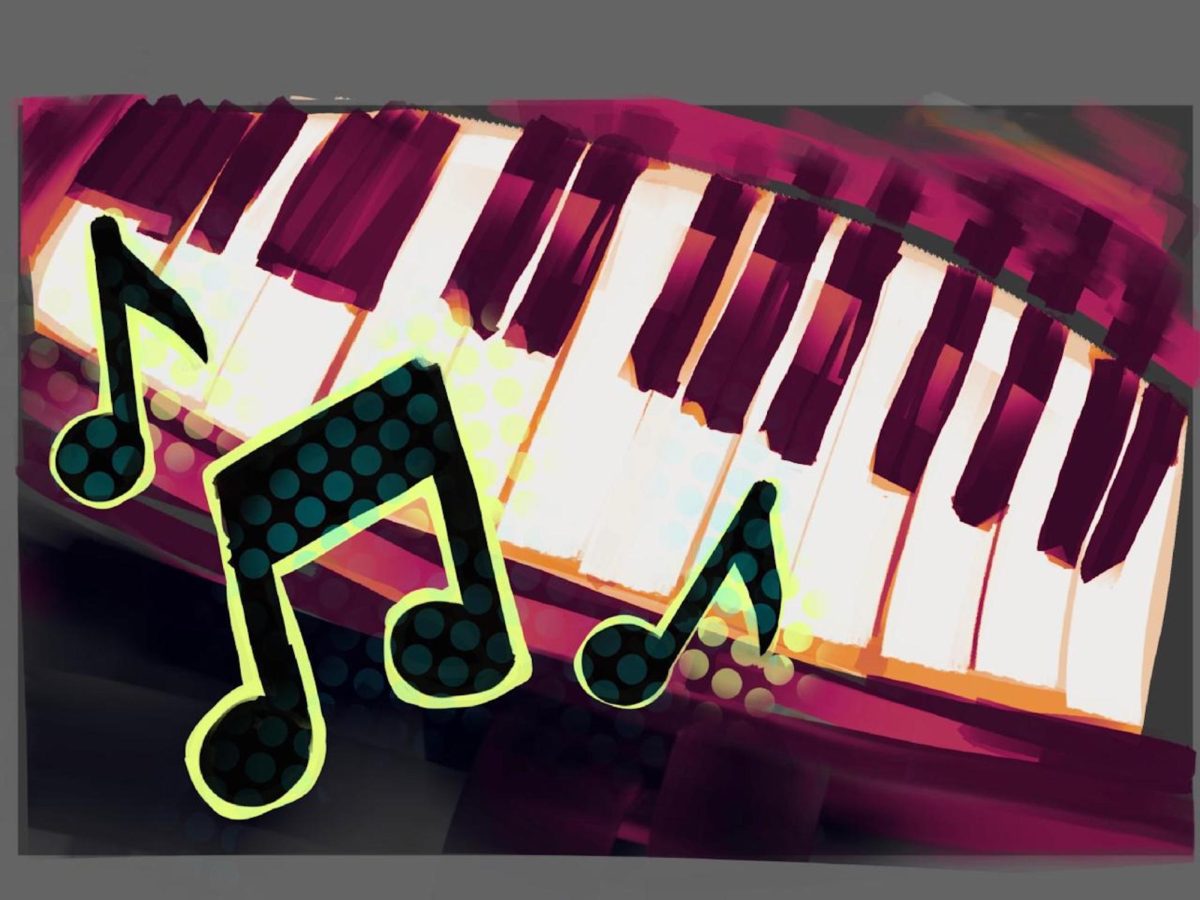Flowers are some of the gentlest constants in our lives, yet some of the most powerful. We offer them at weddings and funerals, hold them in moments of love or apology, scatter them during celebrations, and present them when grief leaves us speechless.
But why is that, even now, in a world built around faster, louder, more immediate ways to communicate, we still turn to flowers to speak for us?
Across history and geography, humans have instinctively turned to flowers to serve as carriers of emotion and represent feelings too complex for words—tangible symbols of what is otherwise invisible.
The consistency of this pattern tells us something critical: the act of assigning emotional significance to flowers is not a cultural accident. It is a human instinct.
Every flower carries its own emotional tone. A sunflower radiates warmth and optimism. A lily carries solemn grace, tinged with mourning. A peony suggests softness and romance. A tulip offers simplicity and quiet affection. When we choose a flower to give, or even to display in our homes, we are making a kind of emotional translation: turning an inarticulate feeling into something visible, specific, and precise.
This is why flowers remain such a potent medium for emotional expression—not because they are general symbols, but because they are uniquely suited to match specific feelings. A single daisy given in apology means something different than an extravagant bouquet of roses given in celebration. Wildflowers plucked from a field might speak more profoundly of love than the most expensive arrangement. The act of choosing a flower becomes a way of expressing how precisely we want to be understood.
On a more immediate level, flowers move us because they engage senses that language often cannot reach.
A study from Rutgers University found that people who received flowers felt immediate happiness and elevated moods for days after. Compared to gifts like candles or snacks, flowers sparked stronger, longer-lasting emotional responses.
Researchers attributed this effect to the way flowers stimulate positive social behavior and activate emotional centers of the brain. Their natural beauty, vibrant color, and fragrance tap into the limbic system—the part of the brain associated with emotion and memory—creating a direct link between sensory input and emotional well-being.
Part of the reason for this lies in how flowers connect us to what is real. In a world increasingly dominated by screens, texts, and fast, digital transactions, flowers remain simply analog. They exist in the moment: you see them, smell them, and feel them.
There is also something deeper in what they represent: in their cycle of blooming, fading, and blooming again, flowers offer a quiet, but profound reassurance. Their fragile impermanence enhances their emotional impact. The beauty of a flower does not last, and precisely because of this, it demands to be felt now, not later. They remind us that nothing lasts forever—not grief, not love, not beauty—but that life, stubborn and insistent, keeps finding ways to begin again.
In moments of loss, when language fails, flowers can be the first fragile bridge back to hope. In moments of joy, they remind us to savor what is fleeting. Flowers inhabit the space between permanence and impermanence, between celebration and mourning, between memory and forgetting. They do not promise that happiness will last, but they do promise that it will return.
Even today, surrounded by more sophisticated, more immediate ways of communication, flowers still matter. They continue to exist at the intersection of sensory experience, emotional precision, and cultural meaning. They are ancient and immediate, personal and universal.
Flowers, by their very nature, do not endure forever—and perhaps that is their greatest significance. They remain with us, held between memory and emotion. In choosing flowers, giving them, receiving them, and even simply noticing them, we are reminded, gently and persistently, that the most meaningful moments in life are those we allow ourselves to fully experience.

